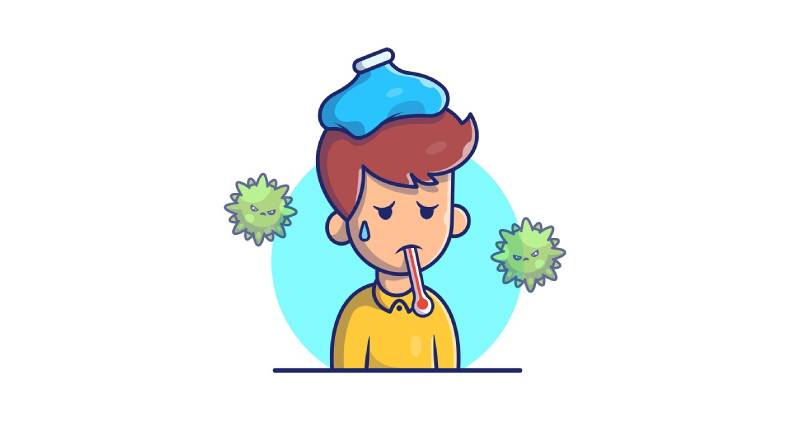Understanding Sacral Dimple: Causes, Symptoms, and Treatment
A sacral dimple is a small indentation that appears at the base of the spine, just above the crease of the buttocks. It is usually present from birth and, in most cases, does not cause any health problems. However, if the dimple becomes infected, it can lead to a pilonidal cyst, which requires medical attention.
What is a Sacral Dimple?
A sacral dimple is a small depression in the skin at the base of the spine. It is usually located near the coccyx bone and can be present from birth. In some cases, the dimple may be accompanied by a tuft of hair, bruise, or skin tag.
Symptoms of Sacral Dimple
In most cases, a sacral dimple does not cause any symptoms. However, if the dimple becomes infected, it can lead to:
– Fever
– Pain at the crease of the buttocks or lower back
– Swelling, redness, and warmth in the area
– Discharge of blood or pus
– Foul-smelling odor from the infected site
Diagnosis of Sacral Dimple
Diagnosing a sacral dimple typically involves a physical examination to assess the location and severity of the dimple. If the dimple is large, deep, or accompanied by other symptoms, an ultrasound or blood tests may be ordered to rule out any underlying conditions.
Treatment for Infected Sacral Dimple
If the sacral dimple becomes infected, treatment usually involves draining the infection or abscess. This can be done through:
– Lancing open the wound and draining the pus and debris
– Pit-picking: a side incision to drain the cyst and remove midline pits under the skin
– Pilonidal cystectomy: removal of the cysts or tracts extending from the sinus
– Z-plasty and rotational flap procedures: to remove larger amounts of infected tissue
Prevention of Infection
To prevent infection in people with sacral dimple:
– Maintain proper hygiene and keep the area clean and free of hair
– Avoid clothing that chafes the sacral or coccyx regions
– Use proper sitting posture and consider using a doughnut pillow or coccyx cushion to reduce pressure on the tailbone and surrounding muscles
References:
https://www.healthline.com/health/sepsis#effects
https://www.cdc.gov/sepsis/what-is-sepsis.html
https://www.webmd.com/a-to-z-guides/sepsis-septicemia-blood-infection#1
https://my.clevelandclinic.org/health/diseases/12361-sepsis

